Bitcoin falls under $60K as BTC‘s futures premium drops to a 5-month low
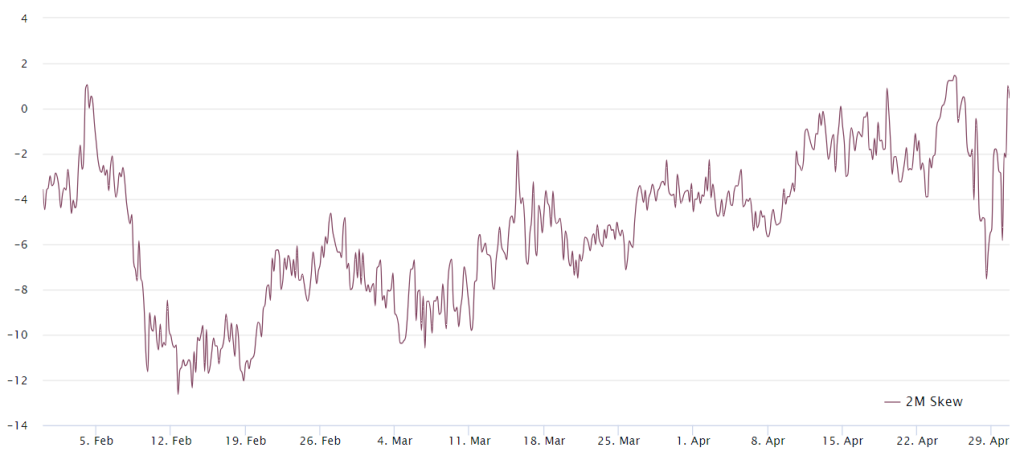
Bitcoin price revisits recent lows as the BTC futures premium falls to a 5-month low. Is the bull market over?

Bitcoin (BTC) price fell sharply on April 30 following the unimpressive launch of a spot BTC exchange-traded fund (ETF) in Hong Kong. Despite expectations of $140 million in demand, the total trading volume, including Ether (ETH) ETFs, on the opening day was just $12.4 million. As a result, the premium on Bitcoin futures dropped to its lowest level in five months, signaling a possible bearish outlook.
Negative pressure stems from weak macro conditions and U.S. spot BTC ETF flows
It is important not to rush to conclusions, as other factors have also weighed on Bitcoin’s price. These include diminished investor confidence in the ability of the United States Federal Reserve (Fed) to reduce interest rates twice in 2024. Fed Chair Jerome Powell is expected to deliver his post-meeting remarks on May 1, prompting cryptocurrency traders to exercise increased caution.
The fourth straight session of net outflows from U.S.-listed spot Bitcoin ETFs has raised concerns among traders. Investors have been withdrawing funds from the Grayscale GBTC ETF due to its high fees, while the Blackrock IBIT ETF has seen little activity. Therefore, despite the lackluster performance of the Hong Kong spot ETF, the appetite for such investments in the U.S. appears to be waning.
Previously, the Hong Kong exchange (HKEX) had listed cryptocurrency ETFs based on futures contracts, attracting $529 million in net inflows in the first quarter of 2024. Therefore, the weak debut of the spot instrument on April 30 was unexpectedly disappointing for many. However, some analysts, including Bloomberg’s Eric Balchunas, suggest that poor timing might have contributed to the low trading volumes.
The S&P 500 is set to record its first negative monthly performance in six months this April, and yields on U.S. 5-year Treasury notes increased from 4.2% to 4.7% over the month, reflecting higher return demands from investors. Traders often exit fixed-income positions if they fear rising inflation or expect continued growth in U.S. debt. As the government is compelled to increase market liquidity, the value of its bonds decreases.
Moreover, the recent drop in Bitcoin’s price to $60,172 on April 30 can be attributed to fears of an economic slowdown. McDonald’s reported a modest 2% year-over-year growth in adjusted earnings, and automaker Volkswagen announced a 2% drop in sales for the first quarter of 2024.
Bitcoin options markets show a different and milder perspective
Given the volatility in traditional markets and the decreased interest from institutional investors in Bitcoin ETFs, it is not surprising that the BTC futures premium reached its lowest level in five months. In stable market conditions, monthly contracts usually trade at a premium of 5% to 10% above spot markets, attributed to their longer settlement periods.
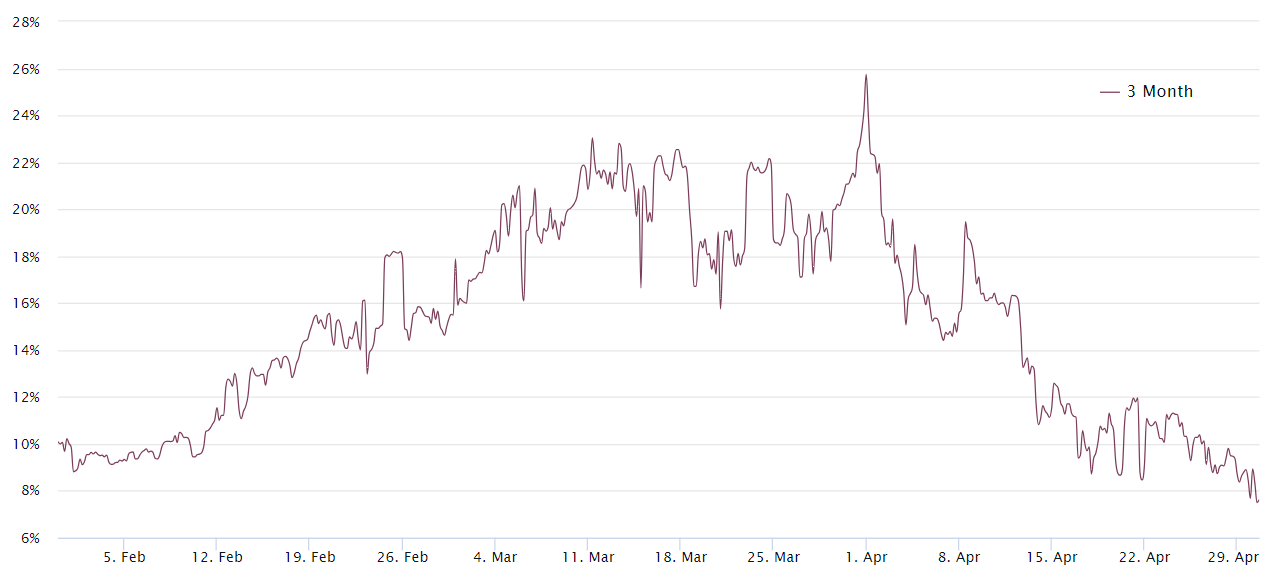
According to Laevitas.ch, the annualized premium for BTC futures fell to 7.5% on April 30, a drop from 11% just a week earlier. Despite the worsening sentiment, this indicator remained at a neutral level—a relatively positive sign considering that Bitcoin’s price had declined by 9.5% over the previous week.
Related: Why is Ethereum (ETH) price down today?
It’s also crucial to examine the Bitcoin options skew to gauge market sentiment more accurately. Generally, a skew metric above 7% signals expectations of a price drop, whereas a skew below -7% indicates bullish sentiment.
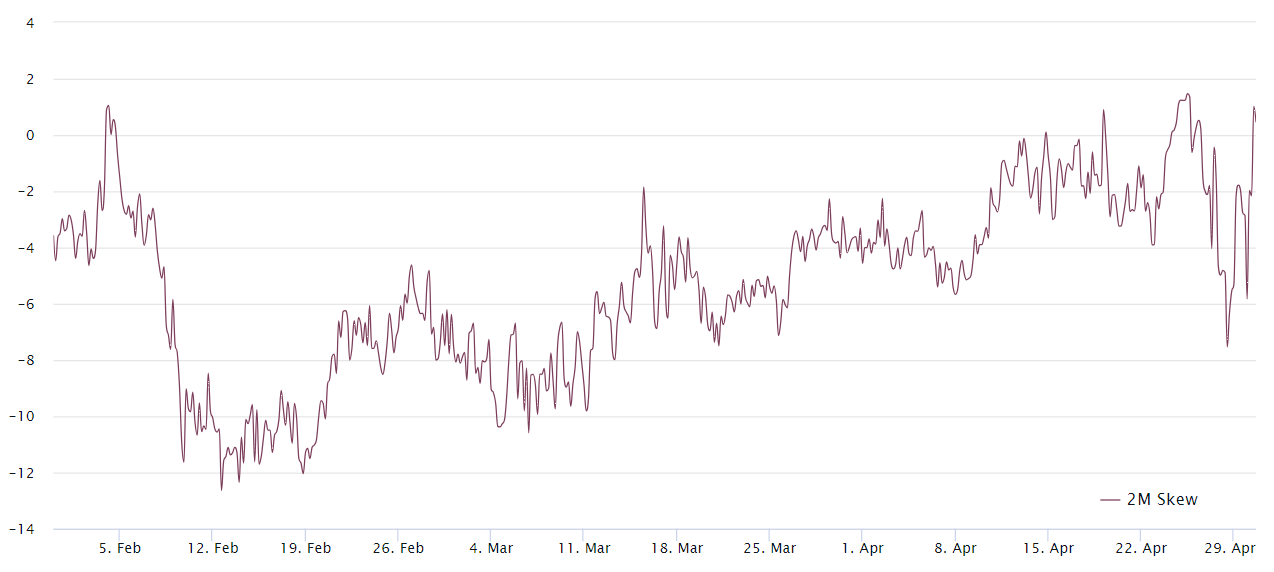
The Bitcoin options delta skew shifted from a bullish -7% on April 28 to a neutral 1% currently, suggesting a balanced demand for call (buy) and put (sell) options.
This shift indicates that investors were initially optimistic about the Hong Kong spot ETF launch but quickly adjusted their expectations after seeing the disappointing trading volumes. Consequently, traders should not be overly alarmed by the decline in the Bitcoin futures premium.


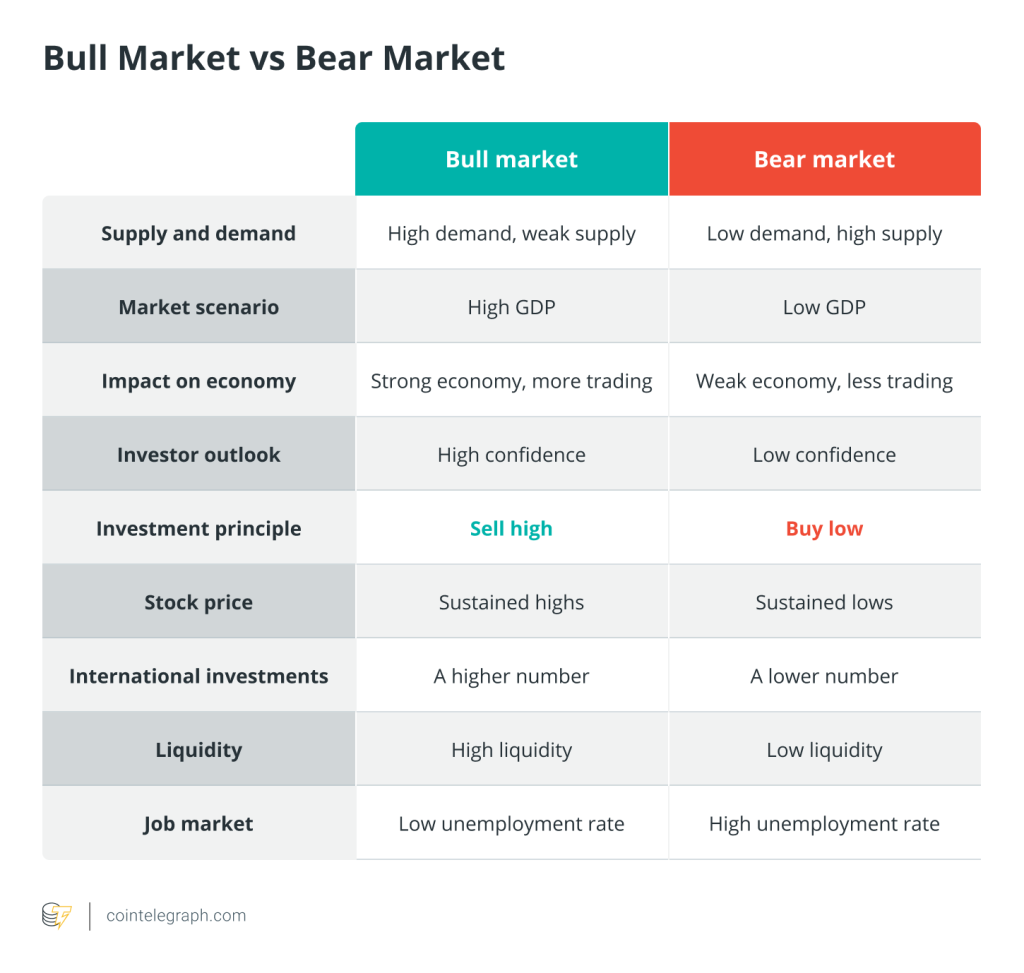
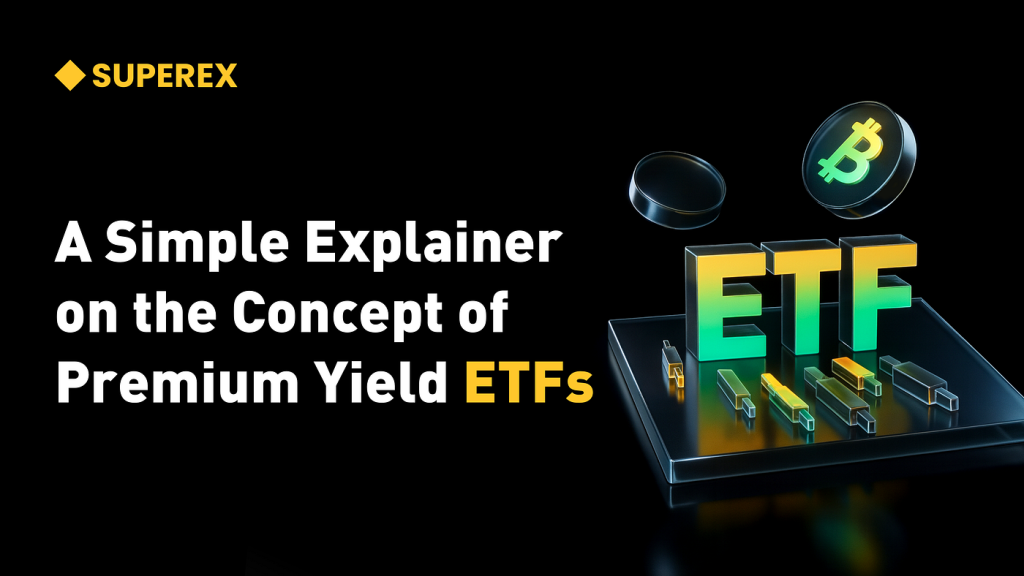


Responses